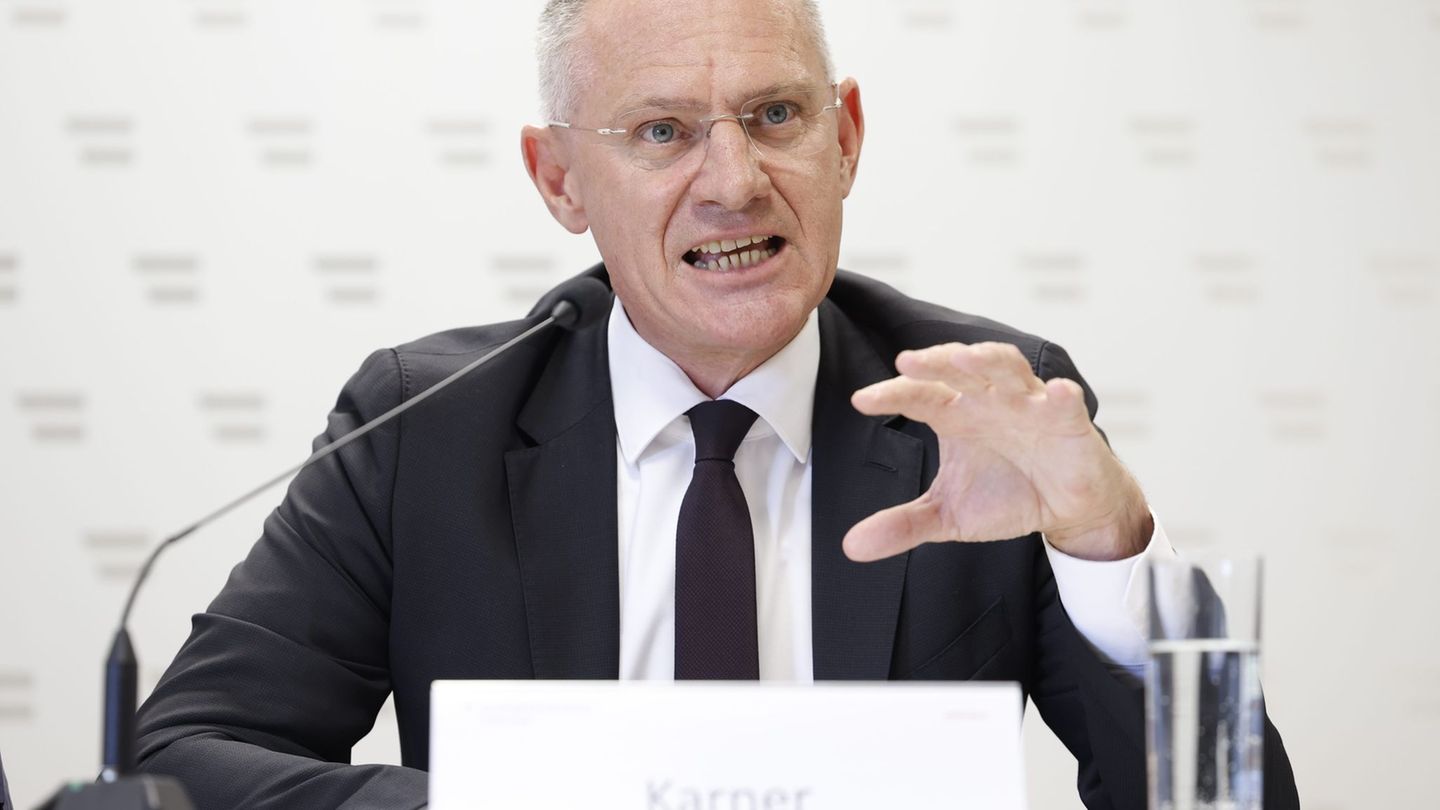Image: colourbox.de
High energy prices, rising unit labor costs and weak export growth are responsible for this. In the spring, the EU Commission predicted a growth increase of 0.4 percent for Austria’s gross domestic product (GDP) in 2023.
The inflation forecast for Austria has also worsened since the spring – from 7.1 to 7.7 percent. Things are looking better for the following two years: in 2024, the domestic economy is expected to grow by 1.0 percent in real terms, with an estimated inflation rate of 4.1 percent. Growth of 1.3 percent and an inflation rate of 3.0 percent are expected for the following year.
Also read:
- Bricks and cement still expensive: construction industry calls for price reductions (OÖNplus)
- The Austrian economy has been shrinking for more than a year
The forecast for 2023 calls for growth of 0.6 percent for the euro zone and the entire EU. The inflation rate is expected to be 5.6 percent (Eurozone) and 6.5 percent (EU). The EU Commission expects the strongest growth this year in Malta at 4 percent, while the most significant decline is likely to be in Estonia at minus 2.6 percent.
Austria is doing better than the EU average when it comes to unemployment: for 2023, the EU Commission expects an average unemployment rate in this country of 5.3 percent. In the following year, this is expected to rise slightly to 5.4 percent, before falling again to 5.3 percent in 2025. A rate of 6.0 percent is expected in Brussels for the entire EU – both for 2023 and 2024. It is only expected to fall to 5.9 percent in 2025.
more from economics




